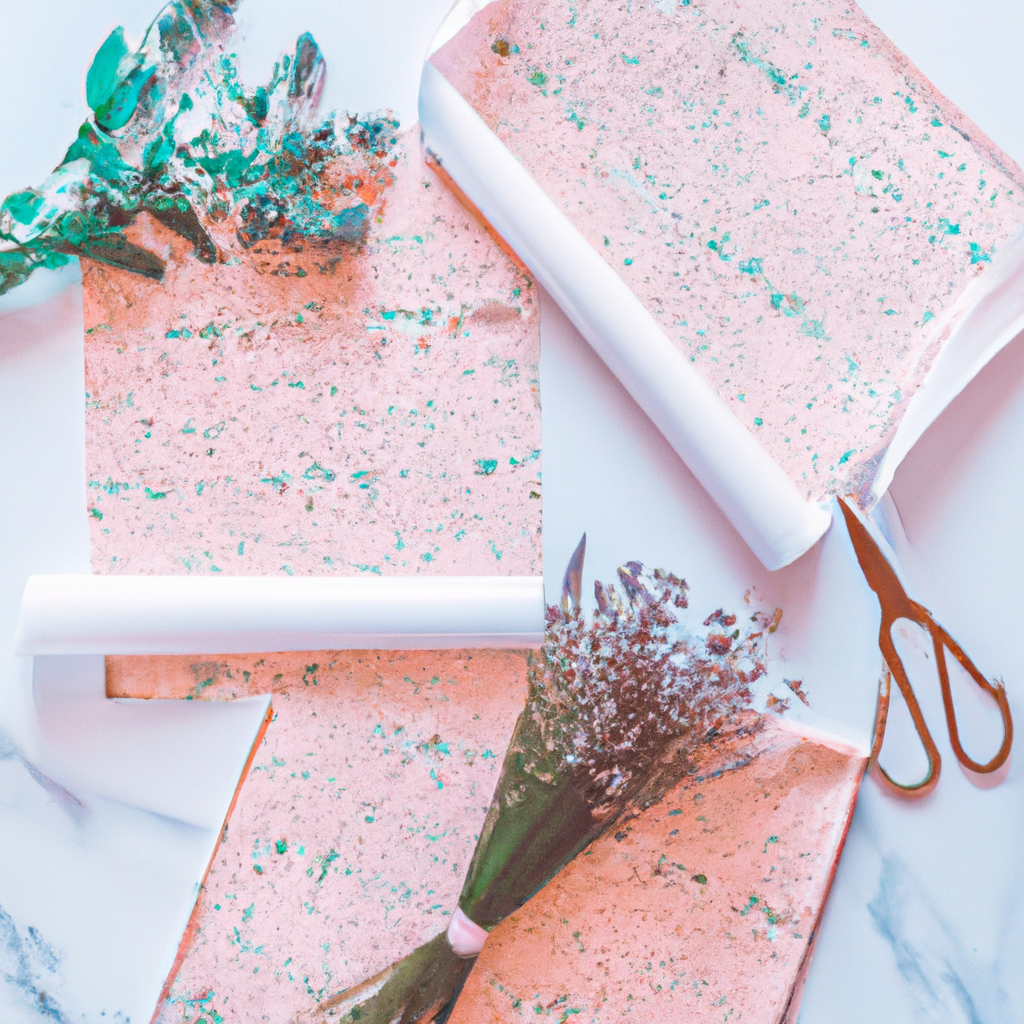
The Magic of Mood Boards in Graphic Design
My Love for Mood Boards
As my graphic design adventure continues, I’ve had a strong fascination for a particular tool – mood boards. An often overlooked element in the early stages of design, mood boards can play an influential role in the eventual outcome of a project.
Why Mood Boards?
Why do I advocate so much for mood boards in the design process? Take a look at what they bring to the table:
- Visualizes Ideas: Mood boards help to visually communicate ideas that are hard to explain with words. It provides a tangible way to share my vision with others.
- Creates Alignment: Be it clients, teammates, or stakeholders – a mood board ensures everyone is on the same page about the design direction.
- Inspires Creativity: The process of creating a mood board involves intense brainstorming and exploration, often leading to emergence of new ideas.
Creating Effective Mood Boards
With the reasons clear, let’s look at how I generally create my mood boards:
- Gather Inspiration: I collect images, color swatches, typography samples, or even pieces of fabric – anything that captures the essence of what I am trying to communicate.
- Organize Elements: I then arrange these items, looking at how they interact with each other. The focus is on creating a cohesive and harmonious composition that exhibits my design direction.
- Share and Discuss: The next step is to share this mood board and discuss it with the client or team. It’s crucial to understand their interpretation and make adjustments if necessary.
Mood Boards in the Real World
Look around, and you’ll find mood boards used in various design sectors like fashion, interior design, product branding, and website design. Every industry has its own way of leveraging mood boards, proving their versatility.
Beyond Mere Aesthetics
While mood boards add great visual value, they are not just about compiling pretty images. They capture the essence, the emotion, the ‘mood’ of what the design aims to convey.
Into The World of Mood Boards
Embarking on the mood board journey can make our design process more focused, fruitful, and fun. It provides a clear pathway for the creative process to unravel itself.
In my journey as a graphic designer, mood boards have proven to be both an anchor and a compass. An anchor, because they provide a grounded reference point for design exploration. A compass because they guide the design direction with clarity and purpose.
So, let the magic of mood boards touch your design process: communicate visually, inspire creativity, and propel you towards a path of design success! Mood boarding, when done right, can be a game-changer. So, go ahead, give it a shot!